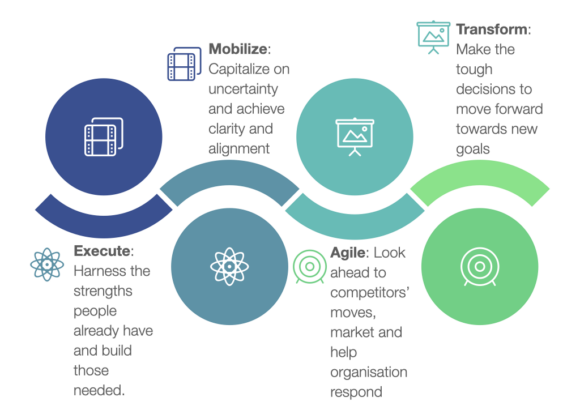Managing the talent element of an M&A deal plays a significant role in its success. Companies often do not understand their talent priorities or the right methods to address them. This results in a. inaccurate identification of key talent, b. ineffective talent integration strategies and, c. costly talent defections.
In order to navigate these hazards, business leaders should translate the strategic goals into related talent management goals. Without this clarity, companies cannot identify or act upon meaningful talent management priorities.

There are two types of M&A, each with distinct business objectives, and hence, talent priorities:
a. deals focused on achieving scale and
b. deals focused on acquiring additional capabilities (such as new technology and intellectual capital)
Fundamentally we have seen that effective talent management during different M&As does not differ in concept. It differs in terms of specific objectives and desired outcomes. The strategic objectives of each acquisition define where companies look for key talent. But in all cases, fast, accurate identification and retention have been necessary to maximize deal value.

